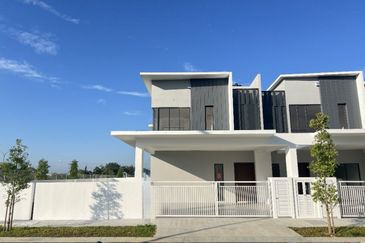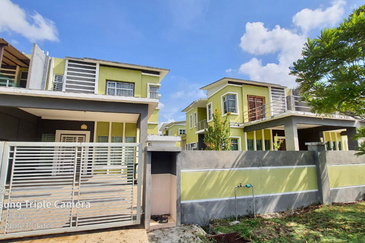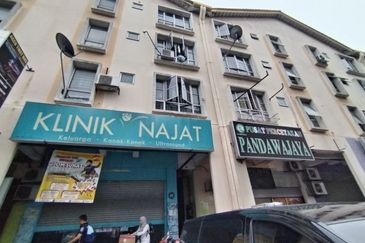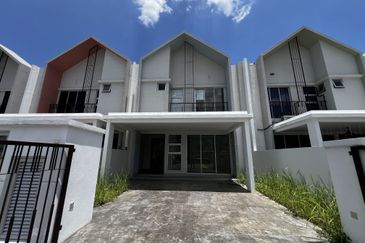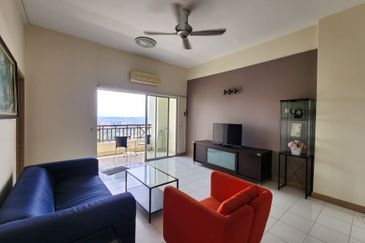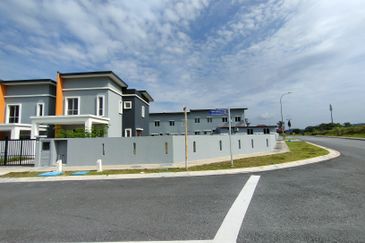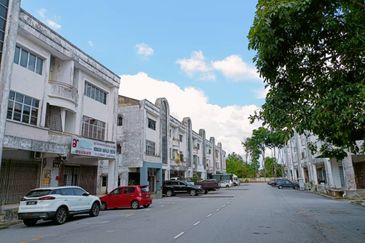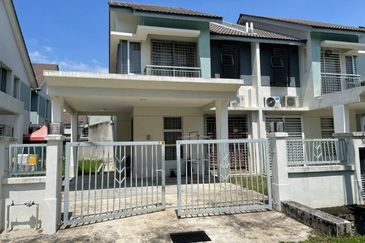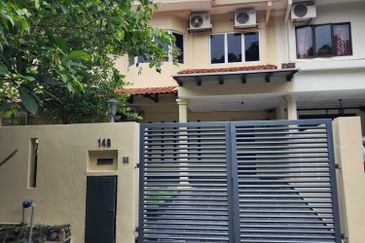
IN many ways, the rural settlement of Yin Ma Chaung in the Magway Region of Myanmar is beautiful and untouched. The village is surrounded by scenic grassland and mountains, and farmers can be seen harvesting rice and selling fresh produce while little children play by the roadside.
Beneath its calm appearance, though, Yin Ma Chaung is overrun with Russell’s vipers. The snakes are commonly found in the dry areas of Myanmar and have claimed many lives. According to the World Health Organization’s statistics on snakebites in Southeast Asia in 2014, an estimated 15,000 people in Myanmar get bitten by snakes each year, resulting in 300 fatalities. With antivenom miles away, the villagers of Yin Ma Chaung lived in fear.
In September this year, Panasonic Corp provided a power supply station — a stand-alone photovoltaic power package — to alleviate the problem and improve the villagers’ quality of life. With its installation, antivenom can now be safely refrigerated in the village.
“The power supply station has done wonders for the community of Yin Ma Chaung. It has improved the villagers’ safety — not just in securing antivenom but also as a power source for street lights, especially in areas infested with snakes. With electricity, the villagers are now able to read at night and even watch television. We believe this is a good move for Panasonic. We aim to solve various social issues faced by people living without electricity,” Katsumata Kiyokazu, deputy managing director of Panasonic Asia Pacific Pte Ltd (Myanmar branch), says in an email.
According to him, the power supply station consists of solar modules and storage batteries that enable energy to be created, stored and managed efficiently. “The system is able to supply electricity to the entire village — an estimated 140 households in the previously non-electrified mountainous village.”
The power supply station was installed as part of a corporate social responsibility (CSR) effort by the Sustainable Alternative Livelihood Development Project, supported by Thailand’s Mae Fah Luang Foundation Under Royal Patronage (MFL Foundation). The project was rolled out in partnership with Mitsui & Co Ltd as part of its CSR activities, and funded by donations to support MFL Foundation’s activities. The foundation provides assistance to 29 villages in the region, including Yin Ma Chaung. Eight of the villages are assisted by health workers equipped with antivenom.

According to Panasonic Corp, Myanmar has the highest number of off-grid areas — about 68% of the nation — among Asean countries. Some 84% of households in its countryside are said to be without electricity.
Hkam Awang, director of the MFL Foundation, reiterates the importance of the power supply station in Yin Ma Chaung and how it has benefited the community. “When we first initiated the project in 2011, we had a meeting with the community and they told us that there had been a lot of cases of snakebites and some people had lost their lives. Russell’s vipers are quite common in the dry zones of Myanmar. If the poison gets into your body, you only have 8 to 10 hours to live. It is a big problem in the area.”
With electricity, the antivenom can be safely stored, the roads in the village are now brightly lit and the villagers can avoid stepping on snakes. “They even organise reading classes at night. We are not worried about the stability of the electricity as [the power supply station] has been effective so far. The most important thing in this process is sustainability — we are trying to train the [villagers] before handing over [the power supply station], so that they can manage [the system] on their own,” says Hkam.
An efficient system
The power supply station in Yin Ma Chaung is equipped with 12 Panasonic HIT (heterojunction with intrinsic thin layer) solar modules, and is able to output about 3kW of electricity. Weighing 2,650kg, the station is also equipped with 24 storage batteries — about 17kWh — that enable it to supply stored power.
“The power supply station has stable quality and performance, and is manufactured by our Thai subsidiary, Panasonic Eco Solutions Steel (Thailand) Co Ltd,” says Katsumata.
One of the plus points of the power supply station is that it is quick and simple to assemble, for portability and expansion. “It is designed to eliminate the need for on-site professional construction work, allowing electrical contractors to easily install it,” he adds.
“The station uses Panasonic HIT solar modules to provide power efficiently, even in restricted areas. The company’s newly developed power supply main unit acts as the energy management system to monitor the remaining electricity level of the lead-acid storage batteries,” says Katsumata.

The power supply station also controls the supply and demand of the electricity to reduce the deterioration of the batteries. This, in turn, reduces the life-cycle cost, maintenance and man-hours needed for the battery storage.
“There are many opportunities [for the power supply station]. In the future, we have plans to modify it for other uses, such as for automated teller machines (ATMs),” says Katsumata.
Initiatives ahead
According to Katsumata, Panasonic Corp is actively looking for partners to proceed with other similar projects. “In the past, we set up over 30 power supply stations (including the ones with ATM models) in Indonesia. We are currently looking at the possibility of partnering others (corporations or local governments) to install more of them.”
Panasonic Corp held a donation drive on Dec 17 for a project called Strengthening Schools for Education for Sustainable Development in Myanmar, in collaboration with the Ministry of Education Myanmar and Unesco Myanmar. The launch ceremony marked the beginning of an innovative public-private partnership between the three parties to empower the country’s learners and to promote a sustainable lifestyle in the country.
As part of the project, Panasonic provided US$250,000 to Unesco Myanmar, and is set to donate 500 eneloop Solar Storage units to 40 schools in areas with limited electricity in and around the Bagan region for sustainable lighting and an improved learning environment in classrooms.
This article first appeared in City & Country, a pullout of The Edge Malaysia Weekly, on Dec 19, 2016. Subscribe here for your personal copy.
TOP PICKS BY EDGEPROP
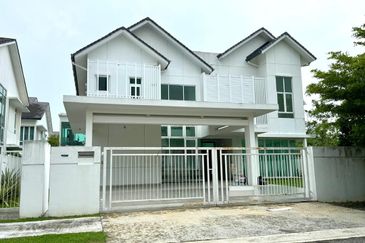
HIJAYU 2 - RESORT HOMES
Seremban, Negeri Sembilan
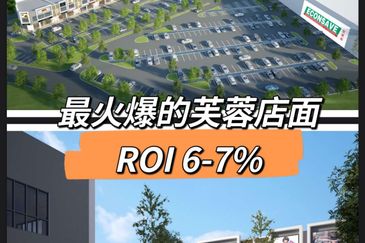
Sendayan Merchant Square
Seremban, Negeri Sembilan
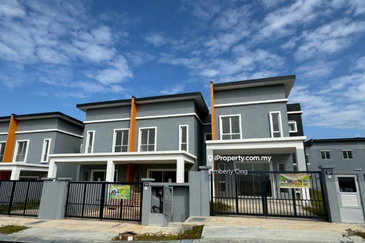
Bandar Springhill
Port Dickson, Negeri Sembilan
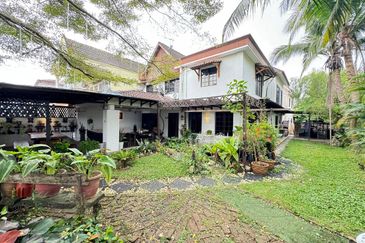
Section 19 (Seksyen 19) @ Shah Alam
Shah Alam, Selangor
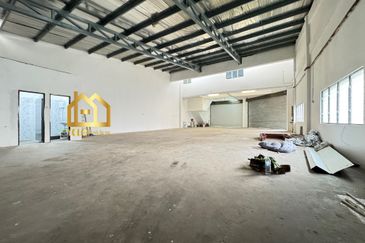
Subang Hi-tech Industrial Park
Subang Jaya, Selangor


